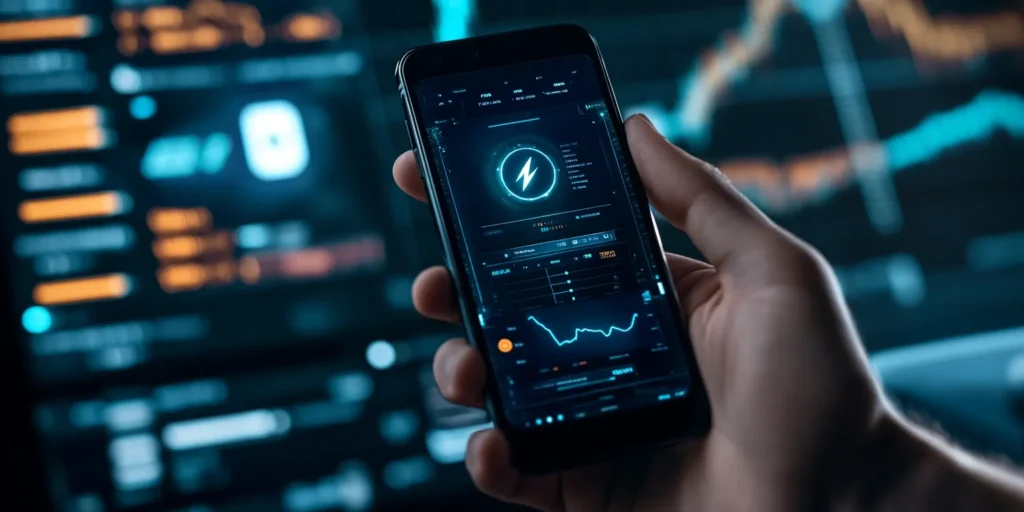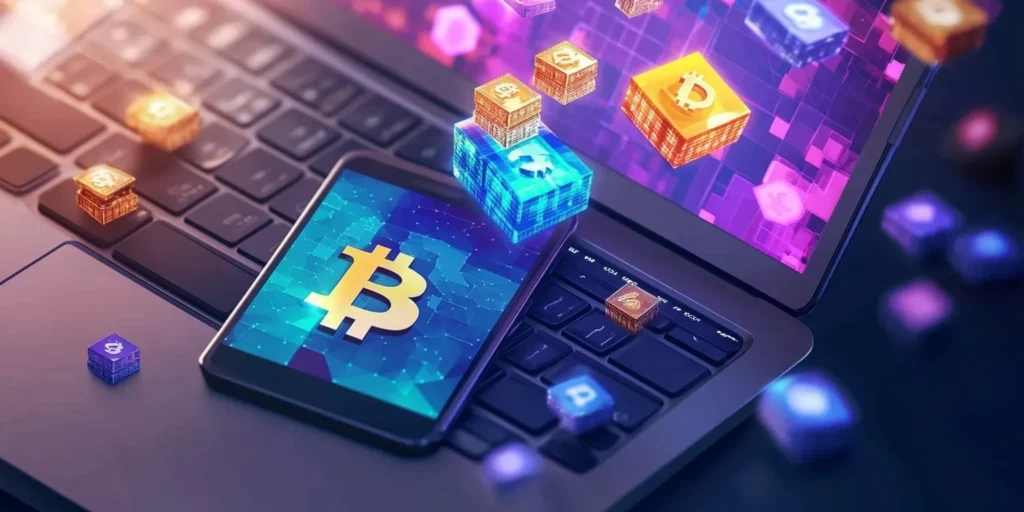Introduction
Crypto mining for dummies sounds intimidating, but the truth is, you do not need a PhD in computer science to understand it. Mining is simply the heartbeat that keeps cryptocurrencies alive. If terms like “mining rig” or “hash rate” make your head spin, relax — you are in the right place. By the end of this guide, you will know exactly what crypto mining is, how it works, and whether you should dive into this fascinating world yourself.
What is crypto mining for dummies?
Think of crypto mining as being the security guard of the blockchain. Every time someone sends or receives cryptocurrency, miners verify those transactions and add them to a public ledger called the blockchain. In return for their work, miners earn new coins. Without mining, cryptocurrencies like Bitcoin would collapse under their own weight. It is that important — and that rewarding.
How does crypto mining work?
Imagine solving a digital Rubik’s Cube faster than anyone else. That is essentially what miners do: solve complex mathematical puzzles using powerful computers. The first miner to crack the problem gets to validate the transaction and earn a reward. This process, known as Proof of Work, keeps the entire system honest and secure. You can learn more about different mining models in our guide on crypto mining setup.
Equipment needed for crypto mining for dummies
- A mining rig: A specially built computer loaded with powerful GPUs or ASICs.
- Mining software: Programs like CGMiner or NiceHash that manage your mining operations.
- A crypto wallet: A secure place to store your earnings.
- Electricity: And lots of it. Mining rigs can be serious energy hogs.
Mining at home vs cloud mining
- Home mining: Full control and ownership. You set up the hardware, run the software, and keep all the rewards — but also all the costs.
- Cloud mining: Rent mining power from a company. Easier to start, but you pay fees and must trust the provider. For a detailed comparison, explore our article on cloud mining crypto.
Is crypto mining profitable?
- Electricity costs — cheaper power equals higher margins.
- Hardware efficiency — modern GPUs or ASICs are far more profitable than outdated ones.
- Market price of coins — higher prices mean bigger rewards.
- Mining difficulty — more miners mean tougher competition for rewards.
If you want a simple and accessible way to start, check out projects from our guide on the easiest crypto to mine on phone.
Crypto mining risks
- Electricity bills: Your energy costs can skyrocket if you are not careful.
- Hardware wear and tear: Constant use can shorten the life of expensive equipment.
- Market volatility: Crypto prices swing wildly, affecting profitability.
- Scams: Especially in the cloud mining world, where not every provider is trustworthy.
Legal and tax considerations
Mining is legal in most countries, but that does not mean it is free of obligations. You will likely need to report your earnings and pay taxes. Regulations vary depending on where you live, so always consult a local tax expert. Some miners even form small companies to optimize their tax situations.
How to start crypto mining for dummies
- Choose the cryptocurrency you want to mine.
- Research and purchase your mining hardware.
- Download reliable mining software.
- Set up a secure wallet to store your rewards.
- Join a mining pool or decide to mine solo.
- Monitor your performance and adjust as needed.
For those just starting out, mining apps can be an easier entry point. Explore the best options in our crypto mining app guide.
Mining alternatives
- Staking: Lock your coins to earn rewards while helping secure a network.
- Trading: Buy and sell cryptocurrencies for profit (but be cautious, it is not for the faint-hearted).
- Yield farming: Earn interest or tokens by participating in DeFi platforms.
Future trends in crypto mining
- Energy efficiency: Future mining rigs will prioritize lower energy consumption without sacrificing power.
- Renewable energy integration: Miners will increasingly seek out hydro, solar, and wind power sources to stay profitable and eco-friendly.
- Hardware innovations: Advances in ASIC design and cooling technology will keep reshaping mining capabilities.
- Decentralized mining pools: Solutions aiming to reduce the centralization of mining power will grow in popularity.
FAQs about crypto mining for dummies
Can I start mining with a regular laptop?
It is technically possible, but highly inefficient. Most laptops lack the cooling systems and processing power needed for profitable mining, and prolonged mining could damage them.
How long does it take to mine one Bitcoin?
For solo miners with standard equipment, mining a full Bitcoin could take several years. That is why miners typically join pools to share resources and rewards.
What is a mining pool and why should beginners use it?
A mining pool is a group of miners who combine their computational power to increase the chances of solving a block. Rewards are then split among members, providing more consistent, smaller payouts compared to solo mining.
Is it better to mine Bitcoin or alternative coins?
For beginners, alternative coins (altcoins) like Litecoin or Dogecoin may offer easier and potentially more profitable mining opportunities than Bitcoin, which has very high competition and difficulty.
Final thoughts
Crypto mining for dummies is no longer just for hardcore tech enthusiasts. With the right approach, patience, and smart planning, anyone can become a miner. It might not make you a millionaire overnight, but it will give you a front-row seat to one of the most fascinating revolutions in finance. Every blockchain empire needs its builders — and now, you know how to grab your first digital shovel.



